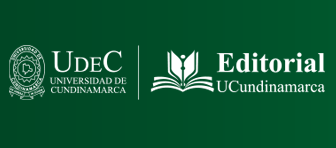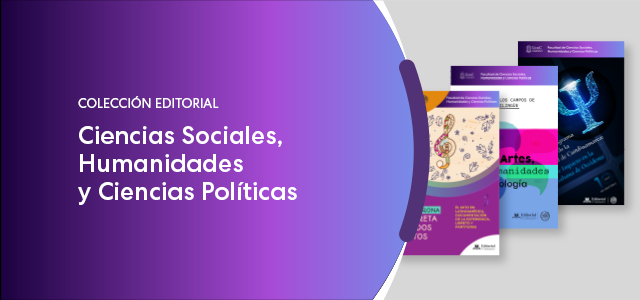Files
Download Full Text (39.8 MB)
Description
Este libro explora cómo el pan y las panaderías en Bogotá constituyen un universo social complejo, lleno de normas, procesos y actores que forman parte de un campo sociológico según la teoría de Pierre Bourdieu. Desde una perspectiva descriptiva, analítica, esquemática y sociológica, se revela cómo la producción, enseñanza, consumo y significado del pan configuran trayectorias dinámicas y simbólicas en la ciudad. Este estudio no solo narra históricamente la evolución del pan desde la Antigüedad hasta el presente, sino que también invita al lector a experimentar y comprender la ciudad a través de sus panaderías y productos, subrayando así la importancia sociocultural de este alimento básico.
ISBN
978-628-7702-08-0
Publication Date
Spring 4-17-2024
Publisher
Sello Editorial Universidad de Cundinamarca
City
Fusagasugá
Keywords
Pan, panaderías, Bogotá, sociología, Bourdieu, campo sociológico
Disciplines
Arts and Humanities | Community-Based Research | Latin American Languages and Societies | Place and Environment | Quantitative, Qualitative, Comparative, and Historical Methodologies | Social and Behavioral Sciences | Sociology
Recommended Citation
Suárez Gómez, Miguel Felipe and Clavijo Poveda, Jairo, "Clase social, circulación y consumo de pan. Análisis histórico y etnográfico de la panadería bogotana" (2024). Ciencias Sociales, Humanidades y Ciencias Políticas. 5.
https://repositorioctei.ucundinamarca.edu.co/humanidades/5

Included in
Community-Based Research Commons, Latin American Languages and Societies Commons, Place and Environment Commons, Quantitative, Qualitative, Comparative, and Historical Methodologies Commons



Comments
This book delves into how bread and bakeries in Bogotá constitute a complex social universe, replete with norms, processes, and actors that form a sociological field as per Pierre Bourdieu's theory. From descriptive, analytical, schematic, and sociological perspectives, it elucidates how bread's production, dissemination, consumption, and significance shape dynamic and symbolic paths within the city. Beyond chronicling the historical evolution of bread from antiquity to the present, this study invites readers to immerse themselves in Bogotá's bakeries and products, highlighting the sociocultural significance of this essential food staple.